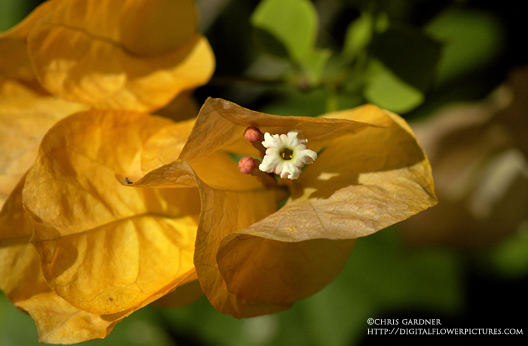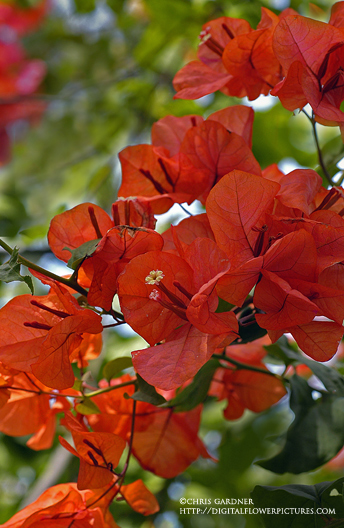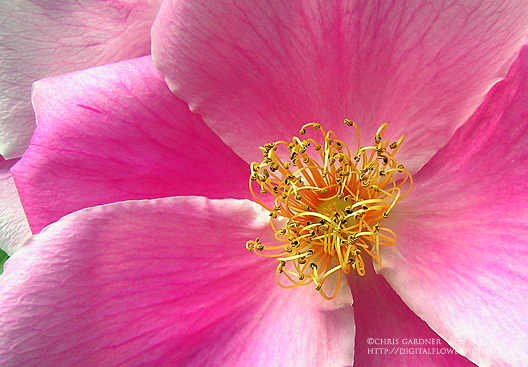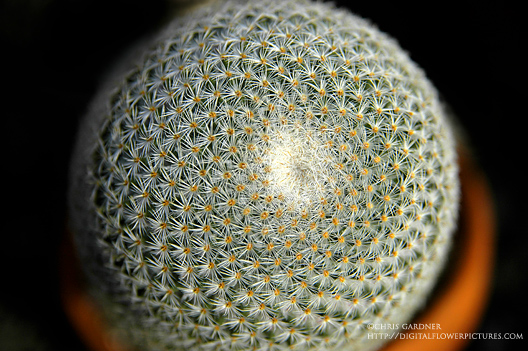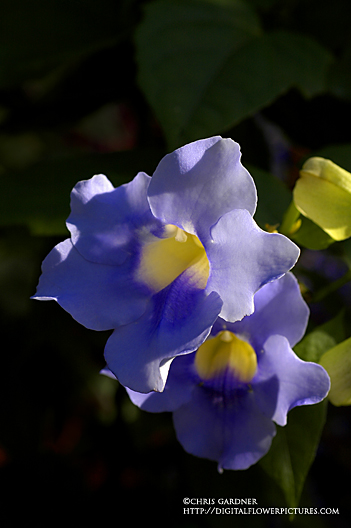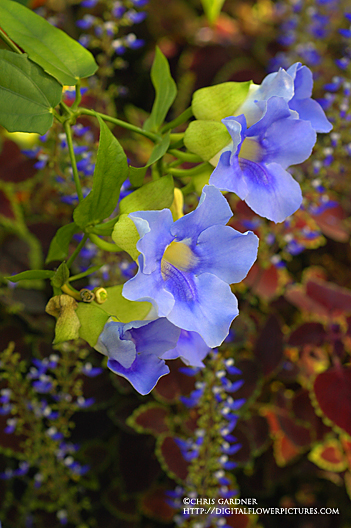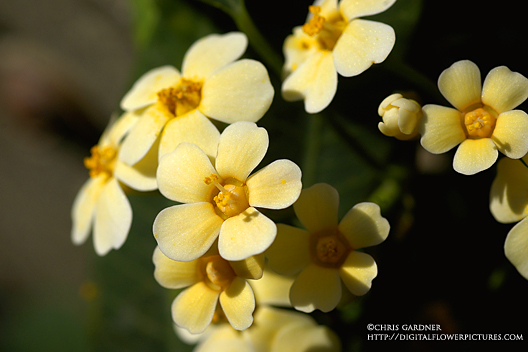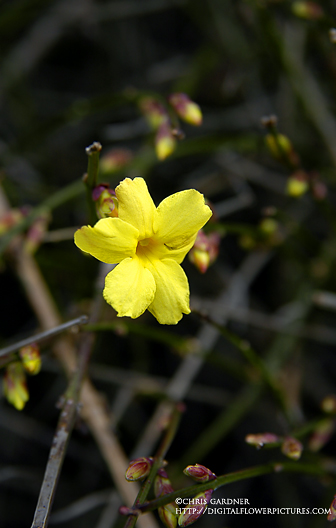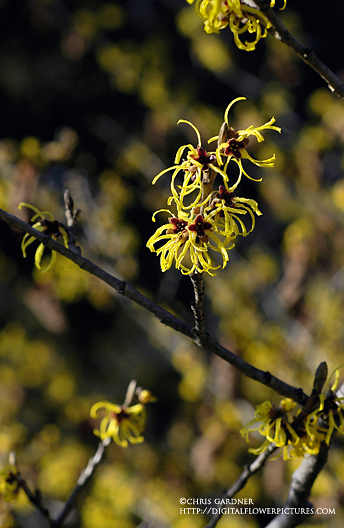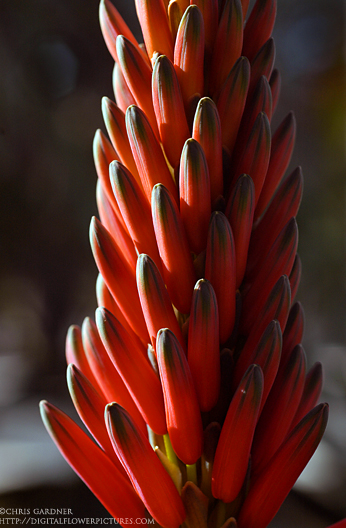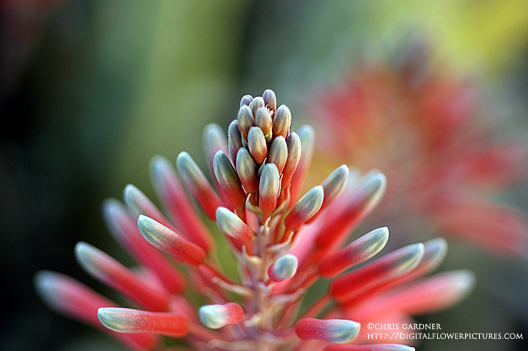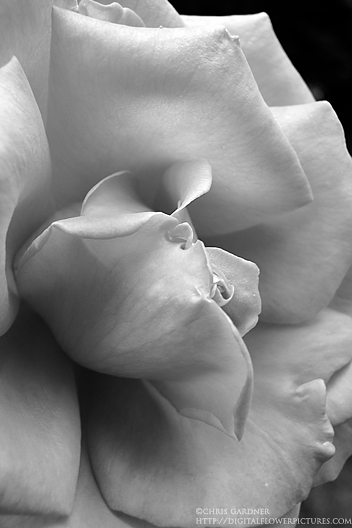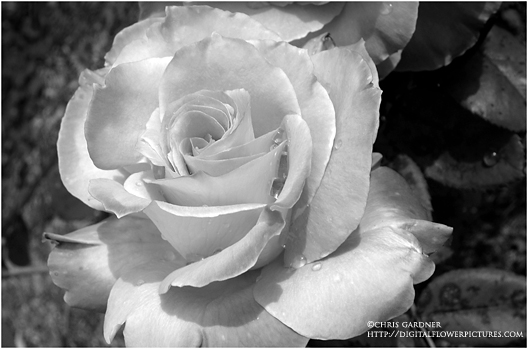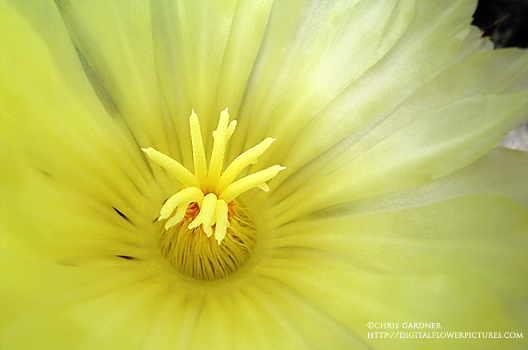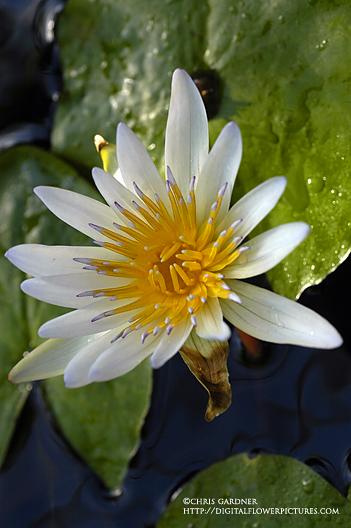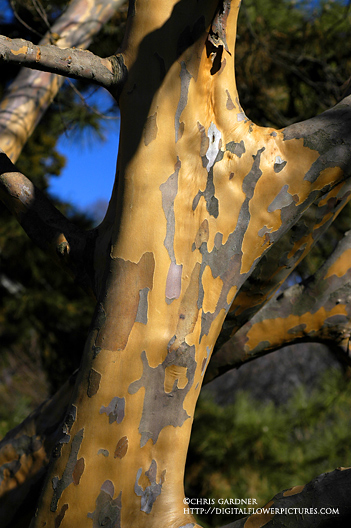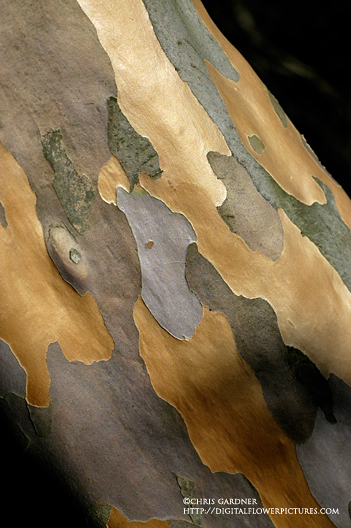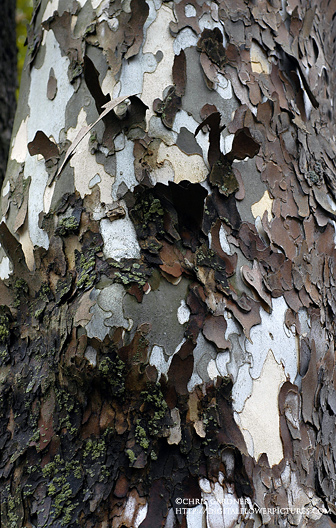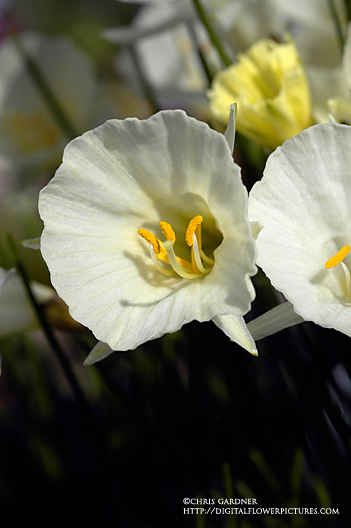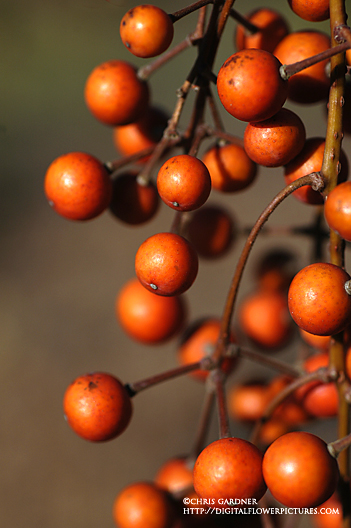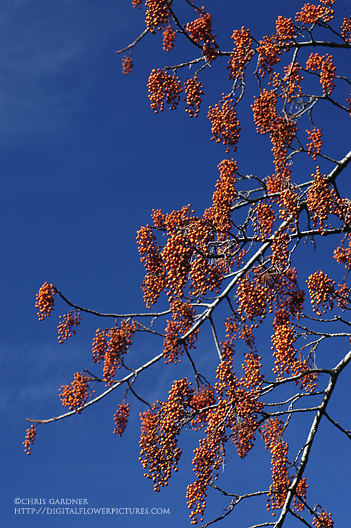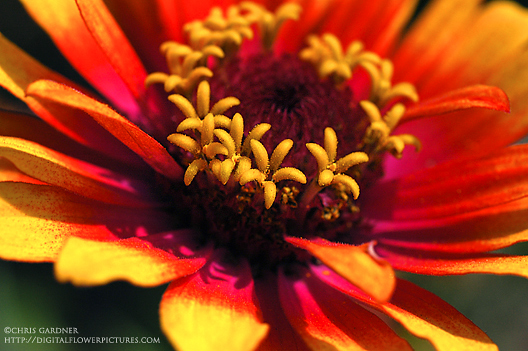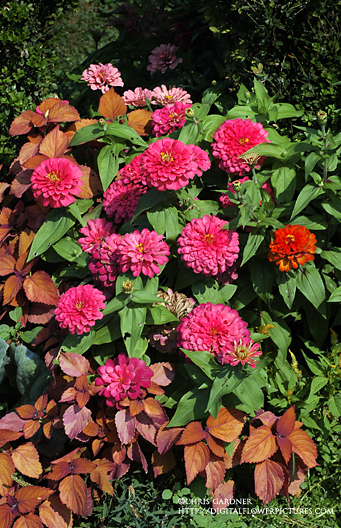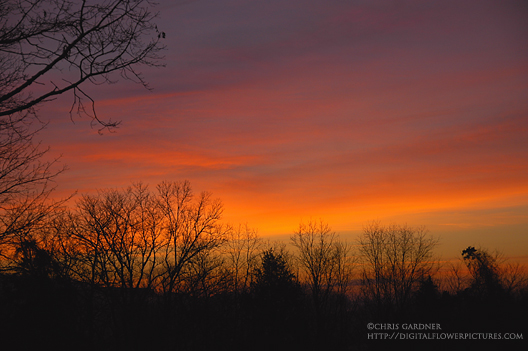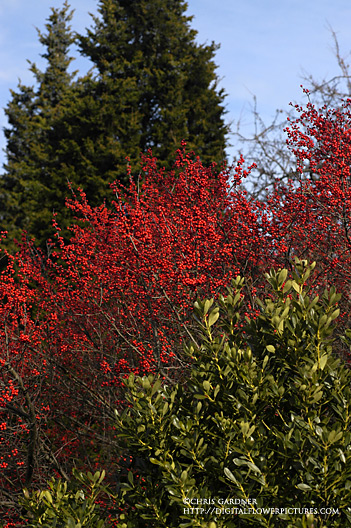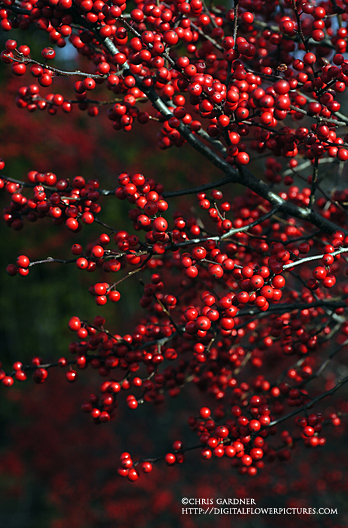 Himalayan Blueberry
Himalayan BlueberryVaccinium moupinense
(vak-SIN-ee-um) (mu-pin-EN-see)
Ericaceae (er-ek-AY-see-ay)
I planted a couple of these last summer kind of to see how they would do and I was quite impressed. There seems to more and more people planting Blueberries as an ornamental and for good reason. They are a hardy, showy plant that doesn’t require too much care. I have several types of the larger species but the Himalayan Blueberry I have decided to use more as a groundcover. It is classified as an evergreen shrub so we will see what happens in the spring when this gorgeous winter color gives way to the new growth, which is also reddish tinged. I haven’t seen the flowers yet but they are typically Blueberry shaped (kind of an upside down urn) and a dark red. The berries, which are produced in the fall, are purple and can be eaten.
So far I have enjoyed this plant in the garden and will probably pick up a few more. I am going to shear mine in the spring to keep them at about 12 inches. They normally grow to about 18 to 24 inches tall with a spread of 2.5 to 3 feet. I have noticed that Blueberries like regular watering, especially during establishment.
Yesterday the Digital Flower Pictures Blog had its highest traffic day ever, 490 visitors. Thanks to everyone that did visit. I have certainly enjoyed speaking about some the plants I have seen over the last couple years and sharing some of my flower and plant pictures. Since a lot of research goes into this blog it has been a real learning experience for me.
Winter must be getting close to being over as I got two calls to look at work yesterday. I guess it is time to start waking up from hibernation.
For 2008 I vowed to read more garden books. I have a large reference library and I often flip through the books for inspiration or facts. My goal was to read one book a week but it looks like one book every two weeks is probably a better goal. The one I am reading now is called
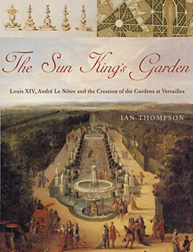 Image courtesy of Amazon.com
Image courtesy of Amazon.comThe Sun King's Garden: Louis XIV, Andre le Notre and the Creation of the Gardens of Versailles
by Ian Thompson. Bloomsbury Publishing PLC.
I have found the book quite interesting and a better read than I thought. Most of the books on my list are about plants and modern day gardening and I found this historical book fascinating. I will probably have to go to Versailles sometime now that I know some of what went into the creation of it.
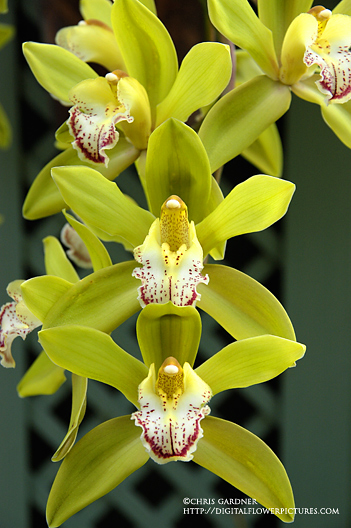 Unknown Cymbidium Orchid
Unknown Cymbidium Orchid
